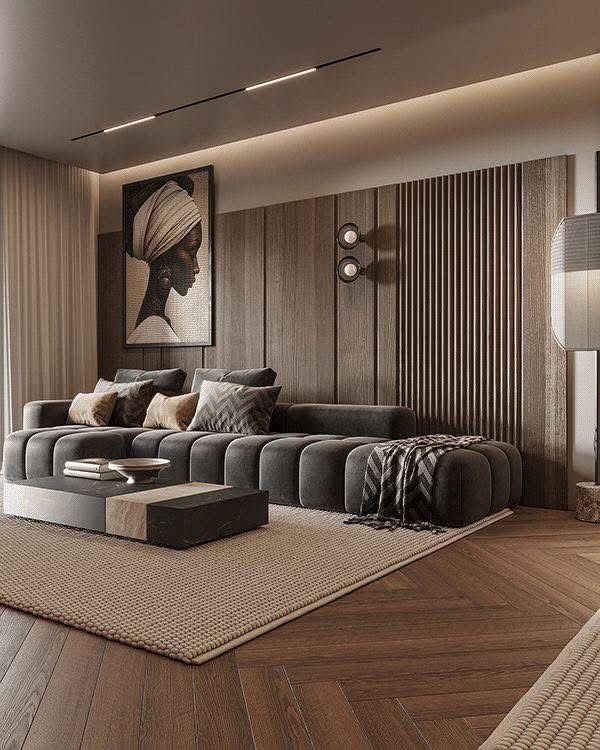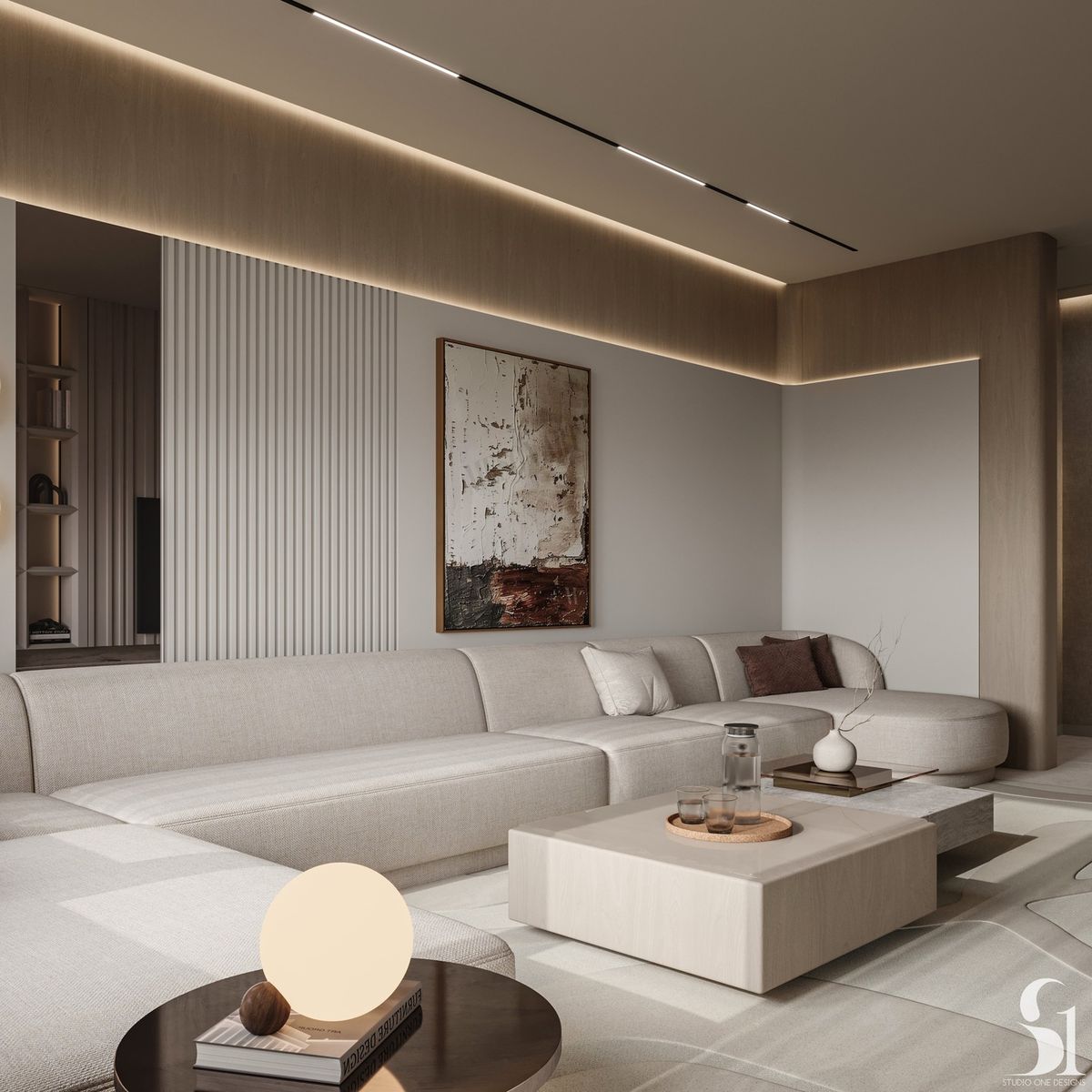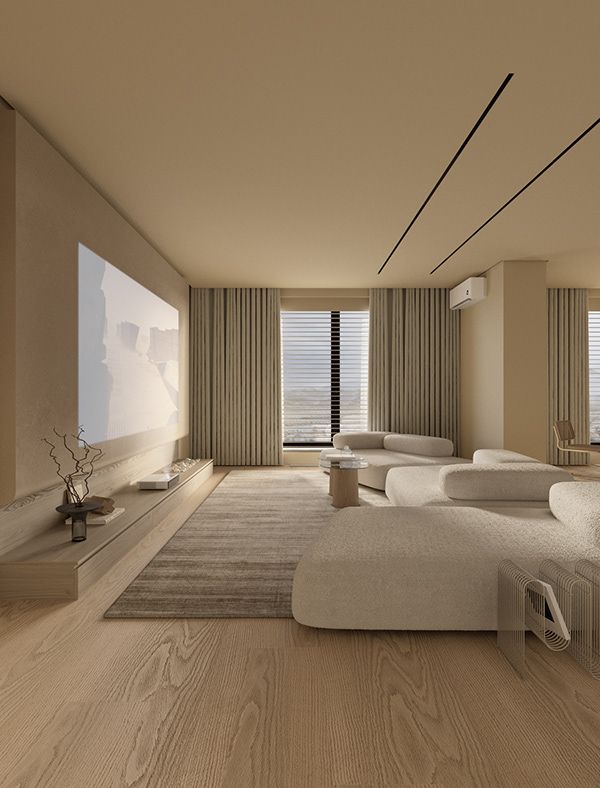
When we think about interior design, we often focus on visuals—color palettes, textures, furniture, and lighting. But what about how a space smells?
Welcome to the world of scent and interior design—a powerful but often overlooked part of creating a home that feels warm, inviting, and emotionally rich. Just as textures influence how cozy a space feels, scents contribute to the overall aroma and ambiance, shaping how we experience and remember a room.
In this article, we’ll explore how to use olfactory design as part of your sensory home styling, and how scent can elevate your interiors in subtle but transformative ways.
And while you’re layering sensory elements, don’t miss our guide on the best ways to add texture to your home for a cozy feel.
Why Scent Matters in Interior Design
Our sense of smell is deeply linked to memory and emotion. A single whiff of lavender can transport you to a relaxing spa. The smell of cinnamon might bring back memories of holidays. These associations happen instantly—and they stick.
That’s why scent and interior design go hand in hand when it comes to creating emotional resonance in a space. Just like paint colors or ambient lighting, the right scent sets the tone.
Scent Affects:
- Mood: Uplifting citrus energizes, while sandalwood calms.
- Perception of Cleanliness: A fresh scent makes a room feel tidier.
- Welcoming Atmosphere: Homes that smell pleasant are perceived as more inviting.
- Brand Identity: For offices or retail, signature scents can reinforce brand memory.

Layering the Senses: What Is Olfactory Design?
Olfactory design is the intentional use of scent to complement visual and tactile elements in interior spaces. Just as we layer lighting and texture for dimension, we can layer scent to add invisible atmosphere.
This isn’t about masking odors—it’s about thoughtfully choosing and placing fragrances that enhance your décor style, function of the room, and even your personal story.
Best Practices for Scenting Your Home
- Choose a Signature Scent for Your Home
Having a consistent base scent across your home creates a sense of unity, much like a cohesive color palette. Choose something neutral and subtle, like white tea, vanilla, or soft wood tones, that works in every season.
- Use Zoning with Fragrance
Just like in open-plan layouts, you can use sensory home styling to “zone” your house through scent. This involves using different aromas in different rooms depending on the mood you want to create.
Room-by-Room Aroma and Ambiance:
- Entryway: Set the tone with something welcoming—citrus, rosemary, or bergamot.
- Living Room: Go for warm, layered scents—amber, tobacco, or patchouli.
- Kitchen: Keep it fresh and clean—herbs, lemon, eucalyptus.
- Bedroom: Focus on relaxation—lavender, ylang-ylang, chamomile.
- Bathroom: Spa-like notes—eucalyptus, mint, or marine fragrances.
- Home Office: Stimulating but clean—peppermint, pine, or subtle tea scents.
- Layer Scents Like a Pro
Layering in olfactory design works just like in fashion or lighting. Combine a primary scent with secondary supporting notes for depth and personality.
For example:
- A vanilla base layered with a smoky sandalwood note
- A clean citrus lifted by a hint of basil or mint
- A floral lavender grounded with tonka bean
Don’t be afraid to experiment—just avoid using conflicting scents in small areas.
Stylish Ways to Incorporate Scent (That Fit Any Decor Style)
Fragrance doesn’t have to come from just candles. There are many stylish, modern, and even design-forward ways to incorporate scent into your home.
Diffusers & Reed Sticks
Elegant and subtle. Choose a vessel that fits your design theme—glass for modern, ceramic for earthy styles.
Scented Candles
Instant ambiance and an aesthetic win. Look for candles with decorative jars or hand-poured finishes.
Room Sprays
Perfect for quick refreshes before guests arrive. Keep one in the powder room and entryway.
Essential Oil Diffusers
Great for minimalist homes or wellness interiors. Use programmable diffusers to change scents throughout the day.
Scented Drawer Liners or Sachets
Add luxury to wardrobes and dressers—especially in closets, linen cabinets, and guest rooms.
Simmer Pots & DIY Potpourri
Especially lovely in the fall or winter months. Combine citrus peels, cinnamon sticks, and herbs for a warm, natural aroma.

Matching Scent to Design Styles
Believe it or not, your visual interior style can influence which scents you might enjoy most.
For Modern Minimalist Homes:
Stick with clean, linear fragrances—think green tea, cotton, ozone, or light wood.
For Rustic or Farmhouse Interiors:
Opt for earthy, grounding scents like cedar, leather, vanilla, or spices.
For Coastal or Mediterranean Styles:
Crisp, breezy scents like sea salt, neroli, or lemon verbena work beautifully.
For Luxe or Glamorous Designs:
Rich florals, amber, oud, and musk bring out the sophistication.
When Scent Becomes Storytelling
Your home should tell your story. By adding scent as a deliberate layer in your interior design, you engage your guests on a deeper emotional level.
Maybe the scent of jasmine reminds you of childhood summers in your grandmother’s garden—or a teakwood fragrance brings back a luxury hotel stay. Incorporate these personal olfactory moments into your home design for a space that truly reflects you.

A Word on Scent Sensitivities
While scent is powerful, be mindful of those who are sensitive to strong fragrances. Use hypoallergenic options, go light on diffusers, and avoid mixing too many strong notes in one area. If you’re designing for guests or for commercial spaces like Airbnb rentals or offices, always opt for neutral, calming scents that appeal to a wide audience.
Scent Is the Final, Invisible Layer
Just like textures warm up a room visually and physically, scent and interior design bring warmth to the emotional side of home.
Incorporating aroma and ambiance through olfactory design is one of the simplest, yet most impactful ways to upgrade your home without spending much. It’s the final touch that pulls everything together—quietly but unmistakably.
And if you’re layering other sensory elements, check out our post on adding texture to your home for a cozy feel—because your dream home should be felt in every sense.




